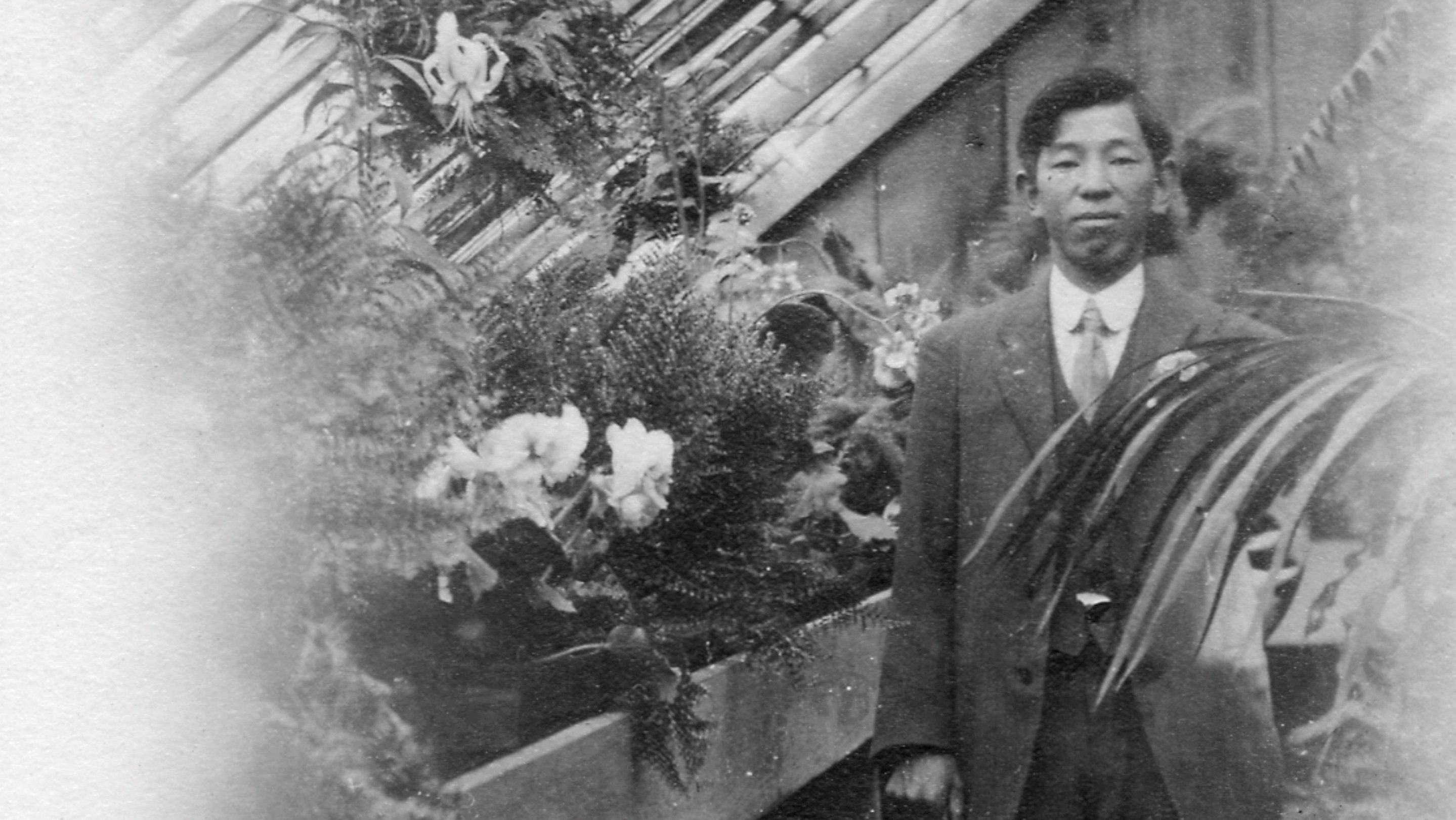
Grandpa Cherry Blossom
Top 2 Billed Cast
Self
Self
Similar Movies
Conscience and the Constitution(en)
Americans refused to be drafted from the concentration camp at Heart Mountain, Wyoming. Ready to fight, but not before their rights as U.S. citizens were restored and families released.
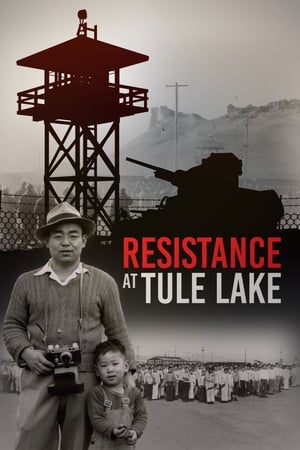 0.0
0.0Resistance at Tule Lake(en)
The long-suppressed story of 12,000 Japanese Americans who dared to resist the U.S. government's program of mass incarceration during World War II. Branded as 'disloyals' and re-imprisoned at Tule Lake Segregation Center, they continued to protest in the face of militarized violence, and thousands renounced their U.S. citizenship. Giving voice to experiences that have been marginalized for over 70 years, this documentary challenges the nationalist, one-sided ideal of wartime 'loyalty.'
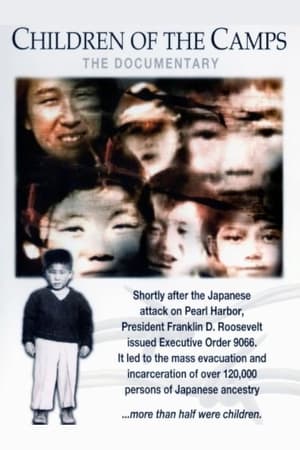 0.0
0.0Children of the Camps(en)
Documentary following six Americans of Japanese ancestry who were held in U.S. internment camps during World War II.
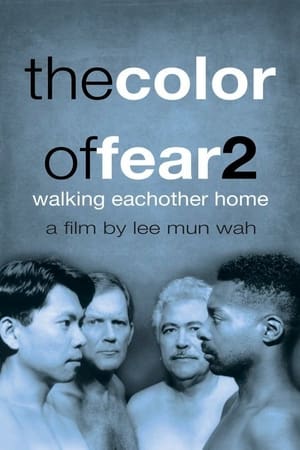 0.0
0.0The Color of Fear 2: Walking Each Other Home(en)
In THE COLOR OF FEAR, eight American men participated in emotionally charged discussions of racism. In this sequel, we hear and see more from those discussions, in which the men talk about about how racism has affected their lives in the United States. We also learn more about the relationships between them, and about their reactions during some of the most intense moments of that discussion.
 0.0
0.0A Bitter Legacy(en)
A sobering look at the brutal treatment of Japanese-Americans before, during, and after WWII as well as the global repercussions that resulted.
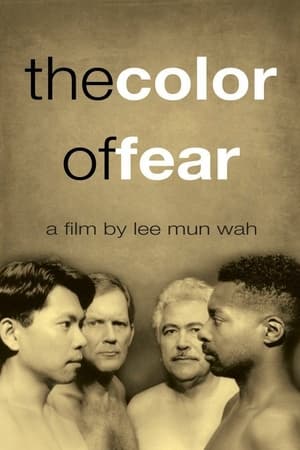 7.5
7.5The Color of Fear(en)
Diversity trainer Lee Mun Wah assembles a diverse group of eight American men to talk about their experience of race relations in the United States. The exchange is sometimes dramatic as they lay bare the pain that racism in the US has caused them.
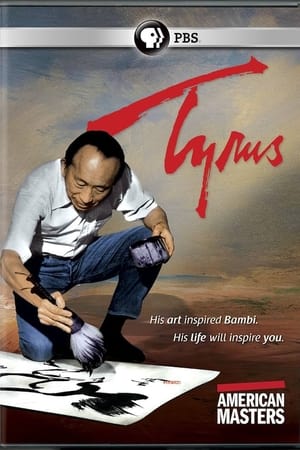 7.1
7.1Tyrus: The Tyrus Wong Story(en)
The unlikely story of 106-year old Chinese American artist Tyrus Wong, and how he overcame poverty and racism in America to become a celebrated modernist painter, Hollywood sketch artist, and “Disney Legend” for his groundbreaking work on the classic animated film, Bambi.
 0.0
0.0The Untold Story of Ralph Carr and the Japanese: The Fate of 3 Japanese-Americans and the Internment(en)
This historical documentary tells the little-known story of Ralph Carr, who was the Governor of Colorado from 1939-1943. Governor Carr was a passionate defender of Japanese Americans' rights when people of Japanese ancestry, including many American citizens, were relocated to internment camps in 1942.
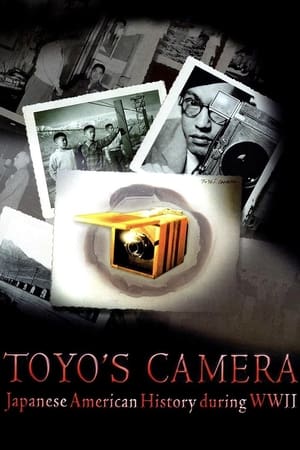 0.0
0.0Toyo's Camera(en)
Even though bringing in cameras to the internment camps was prohibited, one man managed to smuggle in his own camera lens and build a camera to document life behind barbed wires, with the help of other craftsmen in the camp. That man was Toyo Miyatake, a successful issei (first generation immigrant) photographer and owner of a photo-shop in the Los Angeles Little Tokyo district, and of one of the many Americans who was interned with his family against his will. With his makeshift camera, Miyatake captured the dire conditions of life in the camps during World War II as well as the resilient spirit of his companions, many of whom were American citizens who went on to fight for their country overseas. Miyatake said, "It is my duty to record the facts, as a photographer, so that this kind of thing should never happen again."
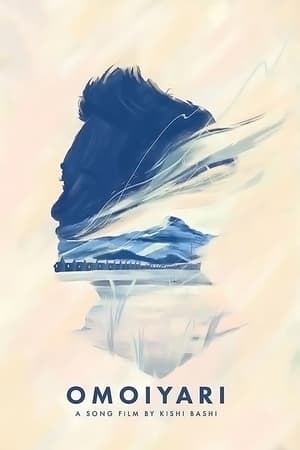 6.0
6.0Omoiyari(en)
Violinist and songwriter Kishi Bashi travels on a musical journey to understand WWII era Japanese Incarceration, assimilation, and what it means to be a minority in America today.
442: Live with Honor, Die with Dignity(en)
Medal of Honor Recipient George Sakato said with tear, ' I am not a hero. I just killed a lot of people. It's not good. This medal is for the people who couldn't return their homes, not for me.' Even many soldiers who received the decoration still have deep scars in their hearts now. He is the veteran of 442nd Regimental Combat Team in WW2 composed of Japanese Americans, who were at first seen as the problem because of their race, but later seen as problem solvers because of their splendid achievements on the battle field. They had to fight not only the enemy but also prejudice. This is the story of the 442nd and their veterans now and then.
Between Pictures: The Lens of Tamio Wakayama(en)
Between Pictures: The Lens of Tamio Wakayama tells the epic journey of the late Japanese Canadian photographer Tamio Wakayama who decides to join the Student Nonviolent Coordinating Committee (SNCC) in the deep south during the 1960’s American civil rights movement. Learning the art of dark room photography along the way, this transformative moment in time allows him to confront his own identity and return ‘home’ to the west coast of Canada to begin a body of photographic work that continues to celebrate, re-present and document the spirit of Japanese Canadians who resided in the former Paueru Gai/Powell Street neighborhoods.
 0.0
0.0Kites and Other Tales(en)
Modern kite maker Tom Joe seeks to preserve the craft of kite making as well as the traditional Asian folklore behind it. Alan Takemoto illustrates Tom Joe’s tales of the Polynesian fish kite made from leaves and branches to fool fish; the Chinese general whose trapped army fashioned a fighting kite; and Shirone, the “kite crazy town” in Japan where 20-foot fighting kites duel in magnificent matches. Children will be inspired to try making these kites.
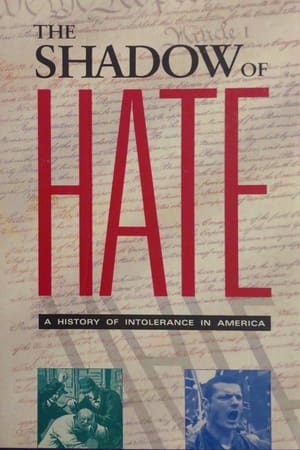 6.3
6.3The Shadow of Hate: A History of Intolerance in America(en)
The film expresses the history of oppression, discrimination, violence and hate in America. It was nominated for an Academy Award for Best Documentary Short.
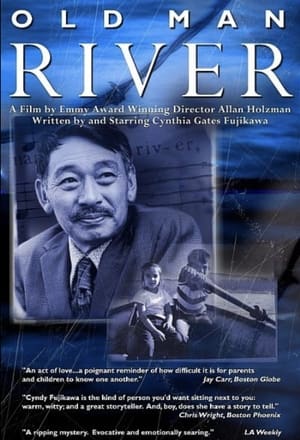 10.0
10.0Old Man River(en)
Documentary film version of the stage show in which actress Cynthia Gates Fujikawa explores the story of her father, actor Jerry Fujikawa, who had a long career in films and television, most often as a stereotyped Asian. The daughter, in the course of searching out her late father's history, discovers many things that she had not known, among them that her father had spent time in Manzanar, the internment camp for Japanese-Americans during World War II, that he had had a family prior to hers, and that somewhere out there was a sister she had never known existed.
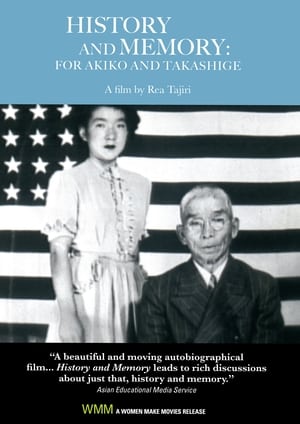 0.0
0.0History and Memory: For Akiko and Takashige(en)
This film is a poetic composition of recorded history and non-recorded memory. Filmmaker Rea Tajiri’s family was among the 120,000 Japanese and Japanese Americans who were imprisoned in internment camps after the attack on Pearl Harbor. And like so many who were in the camps, Tajiri’s family wrapped their memories of that experience in a shroud of silence and forgetting. This film raises questions about collective history – questions that prompt Tajiri to daringly re-imagine and re-create what has been stolen and what has been lost.
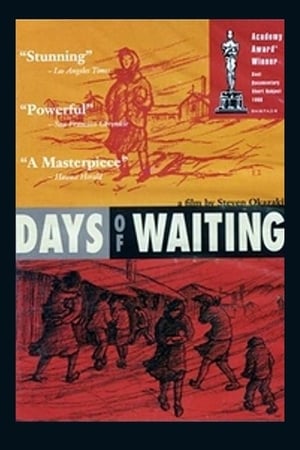 7.7
7.7Days of Waiting: The Life & Art of Estelle Ishigo(en)
The story of Estelle Ishigo, one of the few Caucasians interned with Japanese Americans during World War II. The wife of a Japanese American, Ishigo refused to be separated from her husband and was interned along with him. Based on the personal papers of Estelle Ishigo and her novel Lone Heart Mountain.
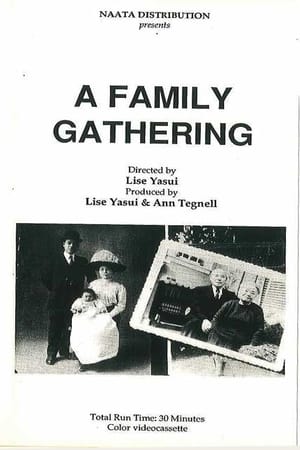 0.0
0.0A Family Gathering(en)
Silence - the stuff of assumptions and confusion - is a legacy inherited by many grandchildren of Japanese Americans interned during WWII. Shortly after Japan attacked Pearl Harbor, Masuo Yasui, a respected figure of Hood River Valley, Oregon was arrested by the FBI as a "potentially dangerous enemy alien." In A FAMILY GATHERING, Lise Yasui, a granddaughter that Masuo never knew, shows that courageous journeys into the past can bring greater understanding of family and personal history to the present.
Freeway City(en)
FREEWAY CITY is a provocative case study on how the collision of race, politics and casino economics shaped the destiny of Gardena, California.